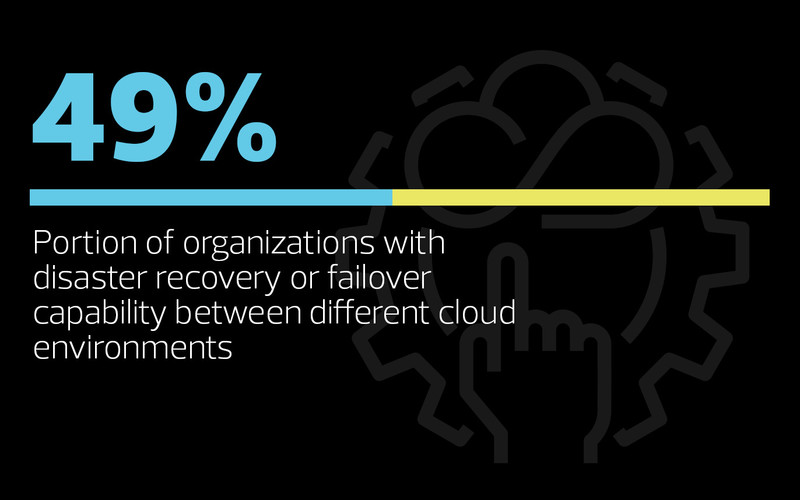The department can also work with vendors to ensure offerings meet strict Defense cybersecurity requirements, Lamb says, adding that the multicloud move has accelerated the department’s shift away from outdated waterfall development processes into more agile workflows. Over time, Lamb expects early lessons will pay off in the form of applications that are fully optimized for a multicloud environment.
“We’re making sure that the service branches are sharing content with each other — trying to take the best practices and leverage them,” Lamb says. “We want to build applications that leverage the best parts of Azure, the best parts of AWS, the best parts of Google, Oracle and future cloud service providers, to build applications that are more flexible. That’s where we see things going.”
MORE FROM FED TECH: Backup and recovery best practices.
Maximizing Cloud Efficiencies
Along with redundancy and failover capabilities, one of the chief advantages of a multicloud model is the ability to move workloads to the best possible environment. That’s often easier said than done, Sustar says.
“Users who embrace multicloud environments are increasingly focused on using the right cloud for the right workload at the right cost,” Sustar says. “That’s hard to do completely, as it isn’t practical to change clouds for near-term price fluctuations. But it makes sense if customers can separate their core infrastructure services needs from higher-priced service, such as managed AI, which typically have more dependencies on a cloud provider’s infrastructure and raise the risk of vendor lock-in.”
Within DOD, Lamb says, the decision on where to host resources is left largely to individual service branches, with the hope that IT leaders take advantage of the best of each cloud environment.
“We’re seeing service branches becoming centers of excellence for programs that are trying to migrate,” he says.
Seville says he thinks of public cloud resources as three major tiers. In the tactical edge tier, warfighters access local, disconnected compute resources that eventually upload to a cloud environment. In the operational edge tier, applications run fully in the public cloud but in closer physical proximity to the warfighter to support performance demands. The strategic tier supports large-scale environments.
“The benefit of having all of these cloud providers comes down to options and distribution capabilities,” Seville says. “Warfighters can take advantage of the locations and services and capabilities of four different providers, and pick and choose what they need.”













.png)



